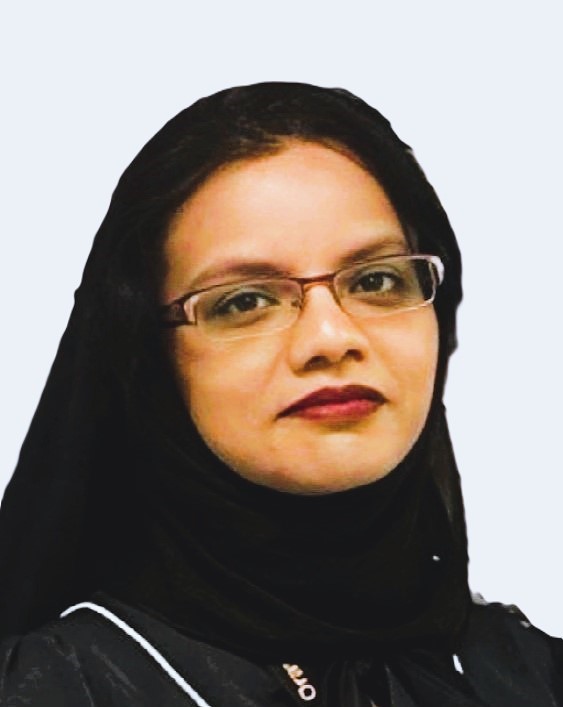Federated Intelligence Over the Air: From Centralized to Collaborative Sensing
Next: "Adversarial Threats in ML-Driven Wireless Networks: Challenges, Defenses, and the Road Ahead" by Georges Kaddoum, École de technologie supérieure, (U. du Québec), Canada.
Join us for the fifth session of the exciting webinar series on "New Frontiers in Signal Processing in 6G Wireless Networks", a collaboration between IEEE Signal Processing, IEEE Communications Society chapters in Ottawa, and IEEE ComSoC Young Professionals.
Register now and stay tuned for updates on upcoming speakers and topics!
Date and Time
Location
Hosts
Registration
-
 Add Event to Calendar
Add Event to Calendar
Loading virtual attendance info...
Speakers
Prof. Hina Tabassum
Prof. Hina Tabassum
Biography:
 She is currently an Associate Professor with the Lassonde School of Engineering, York University, Canada, where she joined as an Assistant Professor, in 2018. She is also appointed as a Visiting Faculty at University of Toronto in 2024 and the York Research Chair of 5G/6G-enabled mobility and sensing applications in 2023, for five years. She has been selected as the IEEE ComSoc Distinguished Lecturer for the term 2025-2026. She is listed in the Stanford’s list of the World’s Top Two-Percent Researchers in 2021-2025. She received the Lassonde Innovation Early-Career Researcher Award in 2023 and the N2Women: Rising Stars in Computer Networking and Communications in 2022. She has co-authored over 120 refereed articles in well-reputed IEEE journals, magazines, and conferences.
She is currently an Associate Professor with the Lassonde School of Engineering, York University, Canada, where she joined as an Assistant Professor, in 2018. She is also appointed as a Visiting Faculty at University of Toronto in 2024 and the York Research Chair of 5G/6G-enabled mobility and sensing applications in 2023, for five years. She has been selected as the IEEE ComSoc Distinguished Lecturer for the term 2025-2026. She is listed in the Stanford’s list of the World’s Top Two-Percent Researchers in 2021-2025. She received the Lassonde Innovation Early-Career Researcher Award in 2023 and the N2Women: Rising Stars in Computer Networking and Communications in 2022. She has co-authored over 120 refereed articles in well-reputed IEEE journals, magazines, and conferences. Address:York University , , Toronto , Canada
Agenda
The next generation of wireless networks will no longer be confined to moving bits — they will sense, communicate, and learn simultaneously. This convergence is anticipated to enable distributed intelligence across devices, unlocking new capabilities for real-time perception and decision-making in dynamic environments. In this talk, two complementary advances in federated signal processing will be presented. First, an over-the-air federated edge learning (OTA-FEEL) framework with integrated radar sensing will be discussed. By leveraging echoes from the environment, rather than treating them solely as interference, robust model aggregation will be maintained while ensuring high-quality sensing and communication performance. A joint scheduling and beamforming design will be presented, supported by low-complexity optimization techniques, to preserve aggregation accuracy under realistic wireless conditions. Second, FedTrack, a novel federated learning–inspired algorithm for distributed target tracking, will be presented. By treating local log-likelihood functions as loss functions in a distributed optimization framework, FedTrack enables devices to collaboratively estimate a moving target’s position and velocity. This communication-efficient method closely approximates centralized maximum likelihood estimation, achieving accuracy near the Cramér–Rao bound while reducing reliance on a central coordinator. Together, these developments illustrate how federated intelligence over the air can transform 6G networks into systems that not only communicate but also sense and learn collaboratively. Implications for autonomous systems, smart cities, and beyond will be discussed, with emphasis on the central role of signal processing innovations in realizing this vision.
As part of webinar series on "New Frontiers in Signal Processing for 6G Wireless Networks"


